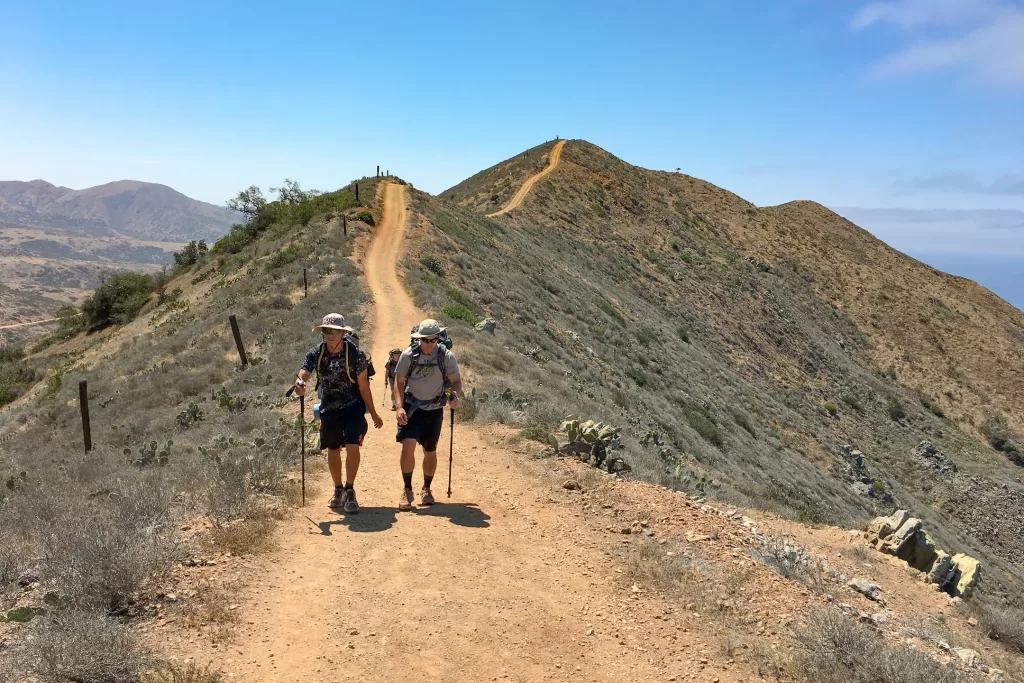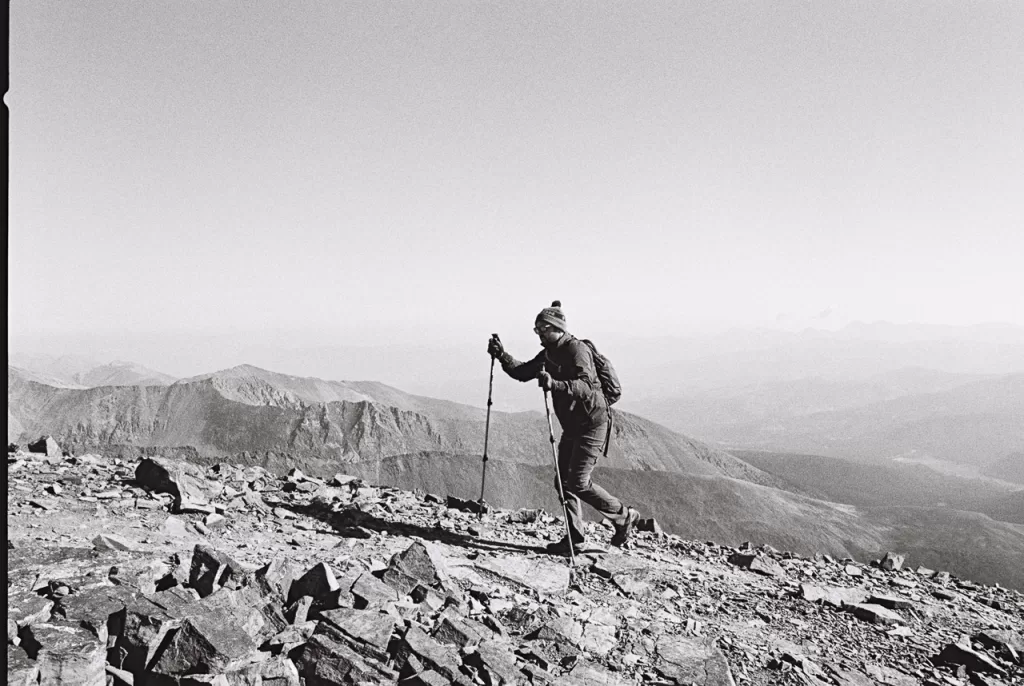I’ve logged thousands of miles hiking over the years and it’s become one of my favorite ways to experience the outdoors. However, when I was first starting out, I made plenty of rookie mistakes that turned my trips into harder, more unpleasant experiences than they needed to be. While I eventually learned from these mishaps, they caused me frustration and fatigue, not to mention sunburns and blisters. Here’s a list of common hiking mistakes that I’ve made and how you can avoid following in my footsteps.
Overestimating My Hiking Ability
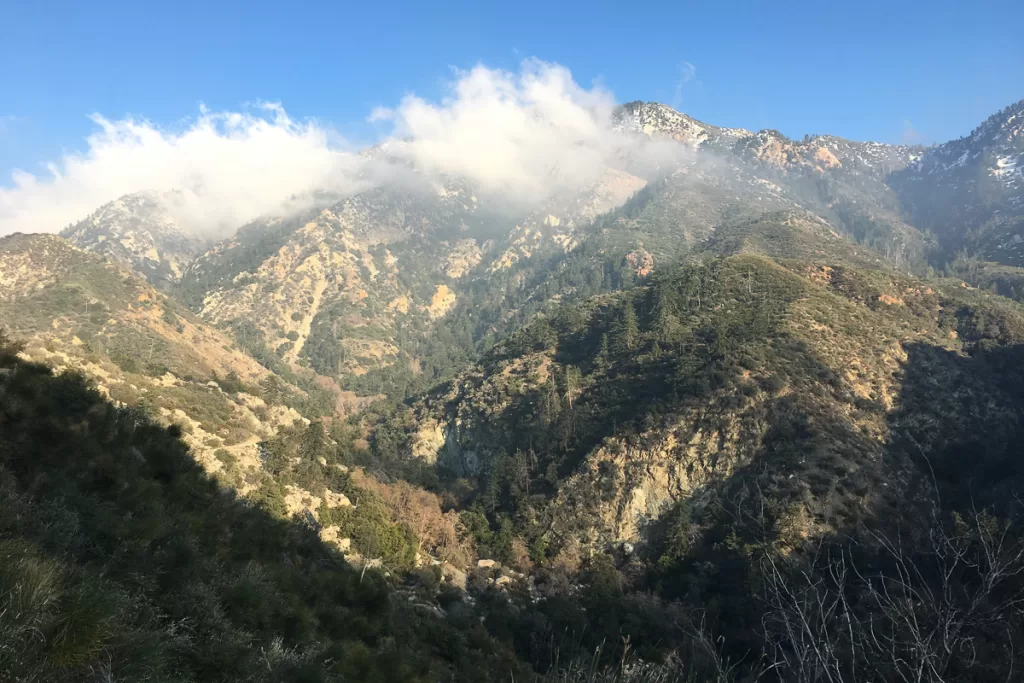
I was coming off of an Achilles injury when I decided to push myself on a hike to a mountain summit. Despite feeling good at home, my Achilles quickly started to act up, especially when climbing uphill. I continued to hike on, ignoring the signs of stress and aggravation that I was feeling. I eventually completed the hike but also suffered a setback in my recovery because I was stubborn and moved past what my body was comfortable with.
Whether you’re recovering from an injury or just getting into hiking, one of the simplest mistakes to make is to overestimate your ability. It’s important to have realistic expectations, otherwise, you could set yourself up for exhaustion, injury, or worse. Take it slow, build up to harder hikes, and listen to your body. And there’s no shame in turning around early if you need to.
Not Bringing Enough Water
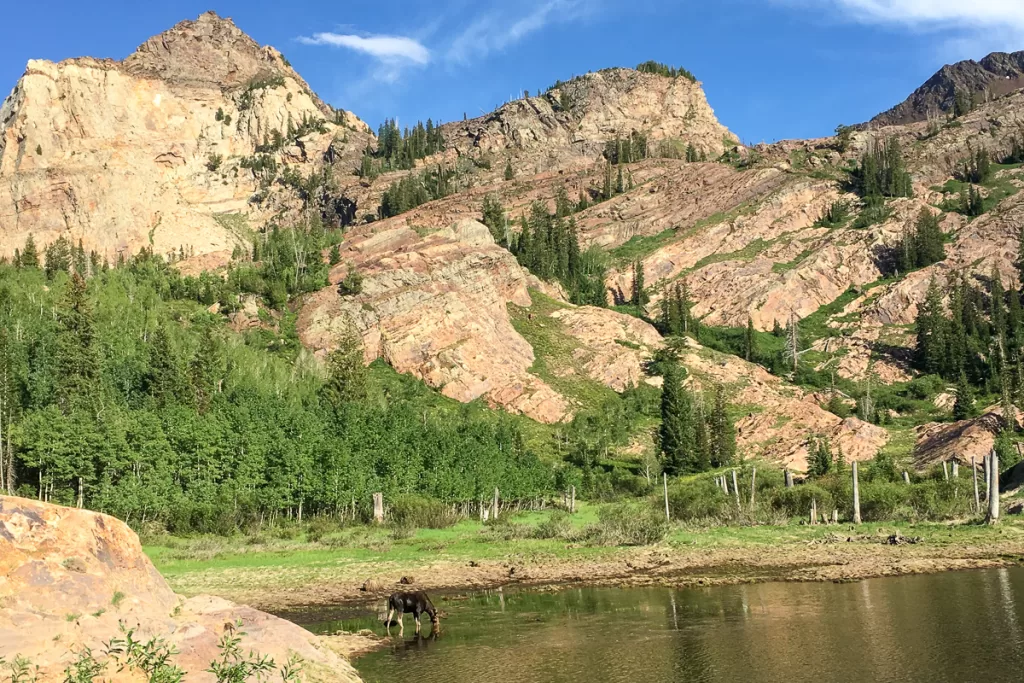
In 2019, I visited Arches and Canyonlands National Parks in Utah. But before driving to Moab, I met up with a friend in Salt Lake City and hiked in the nearby Uinta Mountains. Though the trail was nine miles long and had decent elevation gain, I naively only brought one 40-oz water bottle. I promptly finished my water just halfway through the hike and had to ask my friend for some of his, which he graciously shared with me.
Hiking is a prolonged physical activity, and one of the most common mistakes is failing to bring enough water. We recommend packing half a liter of water for each hour on trail. However, conditions like the weather and elevation gain may require you to bring more. If anything, it’s always better to carry too much than not enough.
Forgetting to Download A Map
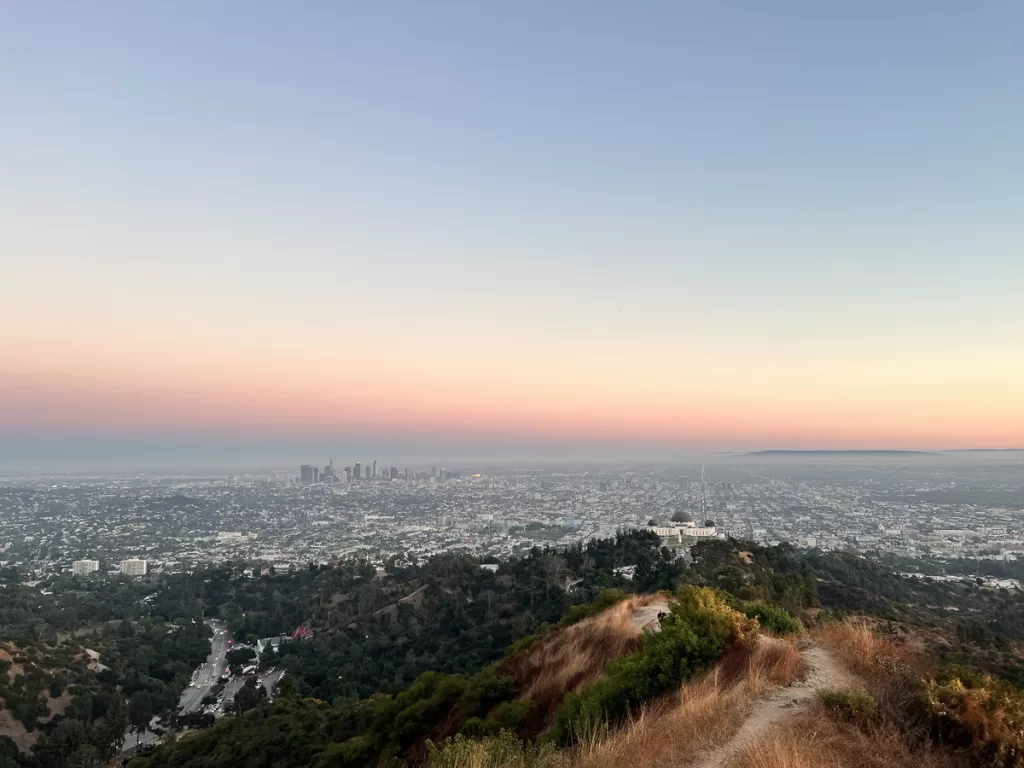
When I was new to hiking, my friends and I went to Griffith Park to hike to the Hollywood Sign. Though we made it to our destination without any issues, coming back was another story. We took a wrong turn and were promptly on a trail we didn’t recognize. In the end, we added an extra two miles to our hike and ended up at a different trailhead than we started at. Luckily, we called for a ride and made it home without any issues, but if we were in a more remote area, the outcome could have been much different.
Forgetting to download a map is one of the easiest hiking mistakes to make—most people don’t remember to do so until they reach the trailhead, which oftentimes is too late as there’s no cell service. Every time I head out on a hike I’m not familiar with, even if it’s easy, I download everything I need at home beforehand. That way, should I get lost I can easily figure out where I’m at and where I need to go. I personally pay for AllTrails+, since I’m out hiking often, but there are free mapping apps and resources as well. Caltopo is one of my go-to’s that doesn’t require any payment (though it does have a steep learning curve).
Leaving My Sunscreen at Home
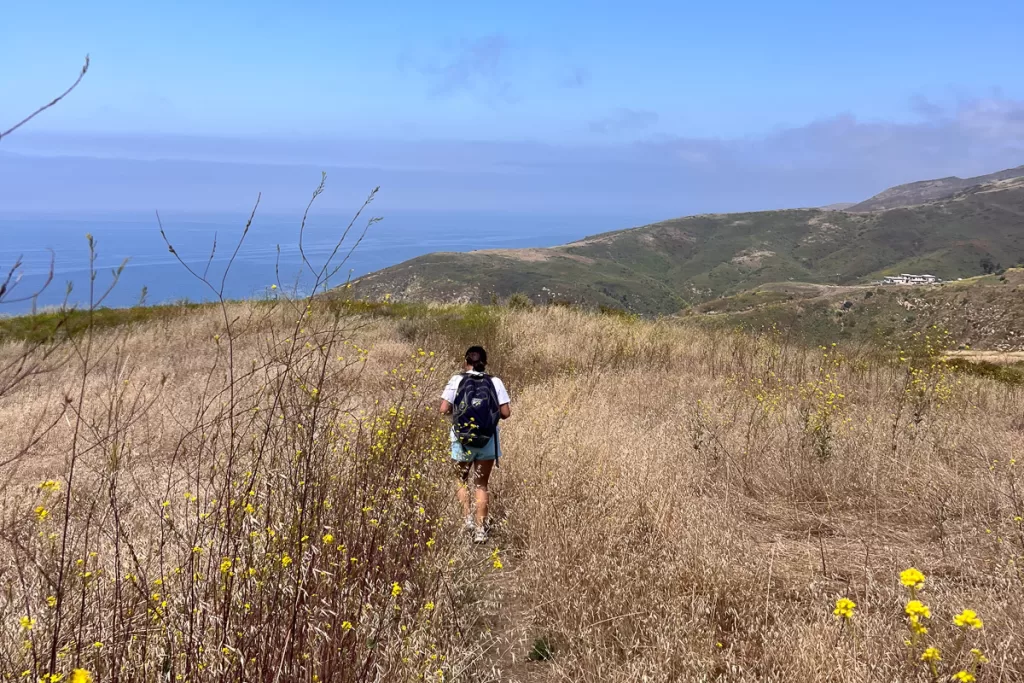
Leaving sunscreen at home is one of the hiking mistakes I’ve made far more often than I’d like to admit, to the point where I keep a small bottle in my backpack just in case. Though it’s easy to forget to bring sunscreen, it can greatly affect both your time on trail and your health. Whenever you go out to hike, sunscreen is imperative to protect your skin from UVA and UVB rays.
It’s not enough to apply sunscreen only once. For adequate protection, you should reapply every two hours you’re outside. I personally like the Sun Bum Mineral SPF 50 Sunscreen Body Lotion. Unlike chemical sunscreens, which are absorbed into the skin, this mineral sunscreen creates a physical barrier to protect against UV rays. Additionally, it’s smart to have other forms of sun protection, like a hat, sunglasses, and a sun shirt.
Looking to get into hiking? Check out our article about everything you should know for your first hike!
Neglecting to Pay Attention to the Trail
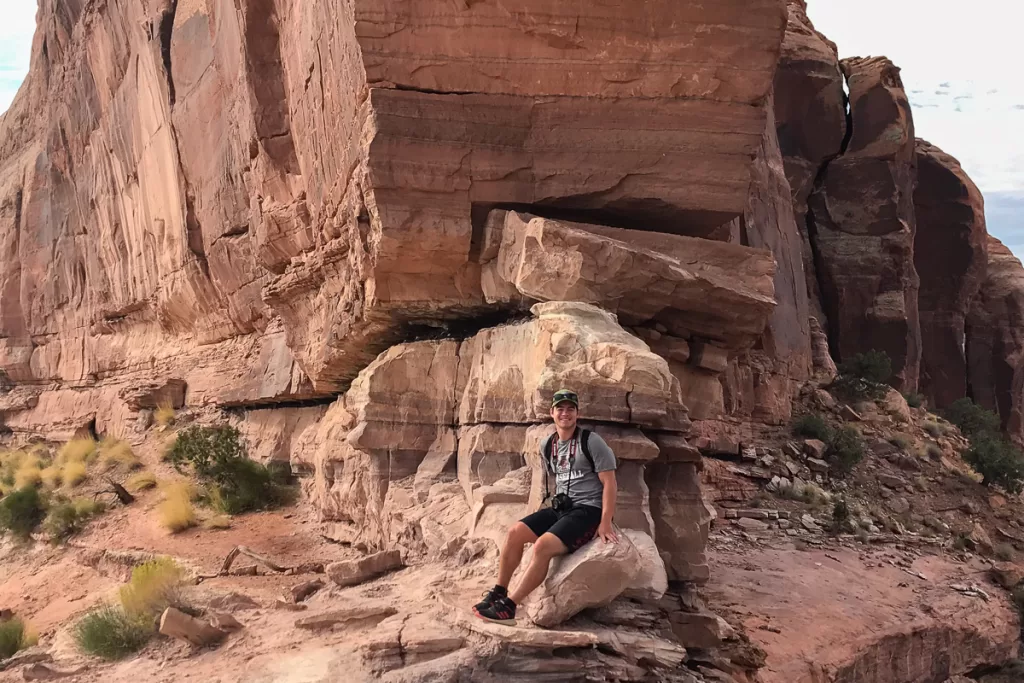
One of my favorite things about hiking is getting lost in the experience. Away from modern distractions, I can recharge and recenter myself. However, more than once I’ve missed a trail junction or took a wrong turn, resulting in me having to backtrack to rejoin the correct path.
While part of the hiking experience is to immerse your mind and soul in nature, one of the easiest mistakes to make is failing to pay attention to where you are going. Every so often, check your map or GPX track to make sure you’re heading in the right direction. If you use AllTrails, they have a helpful wrong-turn alert that notifies you if you’ve gone off the path. This feature has saved me a few times from heading too far off-trail.
Ignoring Hot Spots
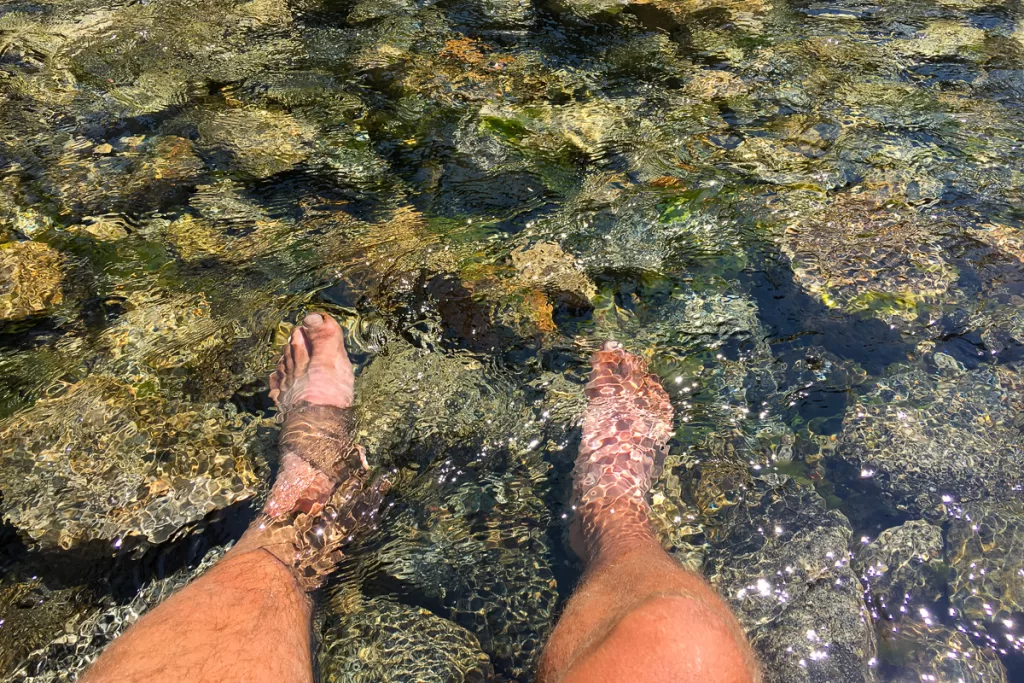
Forming blisters when hiking is inevitable. However, there were times that I could have prevented mine by paying closer attention to how my feet were feeling. I would feel a hot spot on my foot but ignore it and press on. Then, after eventually taking my shoes and socks off, I would uncover a large and painful blister. In these moments, I regretted not taking the extra time beforehand to cover the hot spot.
A hot spot is an area on your skin that’s red and irritated. If left unaddressed, it will turn into a blister. Hikers commonly experience them in high-friction areas on their feet, including their heels, or sides of their toes. If you start to feel a hot spot forming, make sure to cover it with Moleskin or Leukotape to stop it from getting worse. Duct tape will also work well. Though stopping to deal with a hot spot is an inconvenience, it’ll save you from additional pain and discomfort.
Not Pacing Myself

I was on a hiking trip in New Mexico when I reached a section with significant elevation gain. Instead of taking it slowly, I wanted to get the climb over quickly and powered my way to the top. While I made it without any breaks, I pushed myself too hard and struggled to keep up with my friends for the rest of the hike. If I had taken my time during the uphill section, I would have had a much more enjoyable rest of my day.
It is important to pace yourself correctly when out hiking. While it’s easy to get caught up with a short-term goal (like I did), remember to consider your entire trip and hike accordingly. If you start to notice yourself tiring out more quickly than you would like, slow down, catch your breath, and take a break. Hiking isn’t a race, and you want to enjoy your time out on trail.
Storing My Gear Improperly
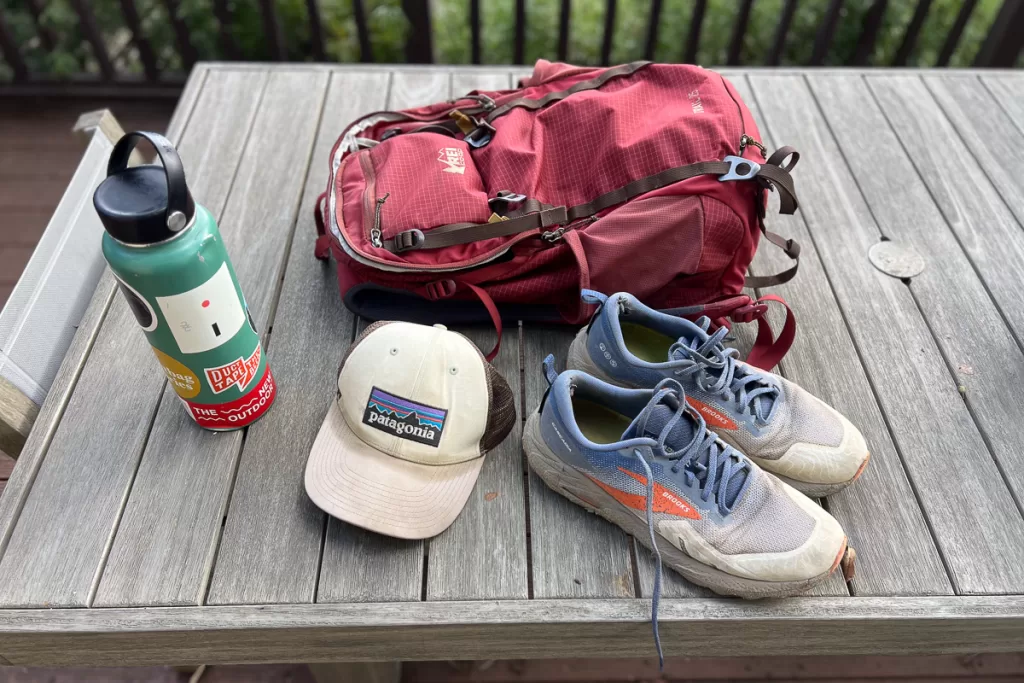
More than once I’ve opened up my outdoor gear after it’s been unused for a while to find it smelly, gross, or disintegrated. It is especially frustrating when I’m about about to leave for a trip, and instead have to make an unplanned stop to find a replacement. While the extra time it takes to store your gear properly can feel tedious, it’ll save you time, money, and headaches in the long run.
Once you get home, make sure to keep your gear in a cool, dry place. Anything that’s stuffed down like a sleeping bag or tent should be stored uncompressed. Most come with a storage bag, but a pillowcase also works well. Also, if you get wet while on trail, make sure to air out and dry completely gear once you get home. That way, you’ll avoid mildew growth and extend the lifespan of your equipment.
Wearing the Wrong Clothing

A few years ago I was in Hawaii visiting a friend when we all decided to go for a hike. The weather was pleasant in the city, so I left the house wearing only shorts and a T-shirt. However, as we headed along the trail it quickly started to rain. Luckily, it wasn’t too cold, but the situation could have been a lot worse if the temperature dropped.
Before you head out, check the forecast for where you plan on hiking. While it may be warm and sunny at home, the weather at the trailhead can be drastically different, especially if you’re heading to another climate like the mountains or desert. Also, make sure to wear proper clothing. Cotton easily absorbs moisture and doesn’t dry well, making it a poor choice to hike in, especially if you’re heading out in cold or adverse conditions. Try to stick to moisture-wicking materials, like wool or synthetics. You also should bring an extra protective layer, just in case the temperature drops or it starts to rain.
There you have it, my hiking mistakes and tips to avoid making them yourself! If you’re looking to set out on your first outdoor adventure, please reach out! We at GoForth are experts at turning your outdoor dreams into a reality, and we’d love to help curate an unforgettable trip. Click on the button below to learn more about our offerings, and contact us if you’re ready to take the first step toward a life outdoors!




